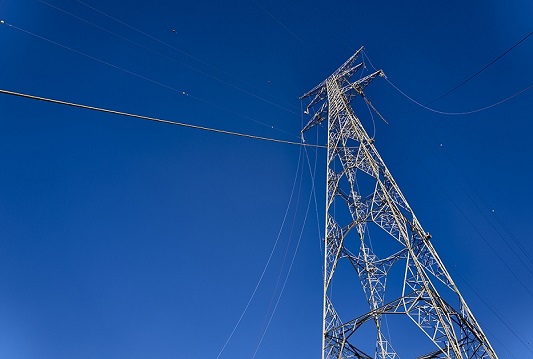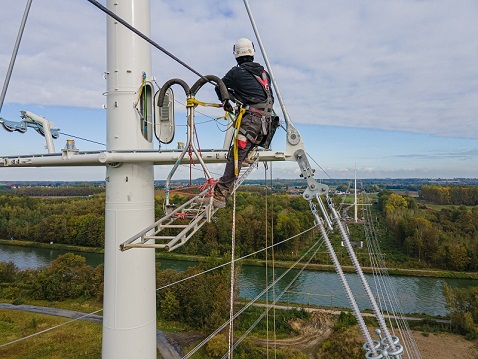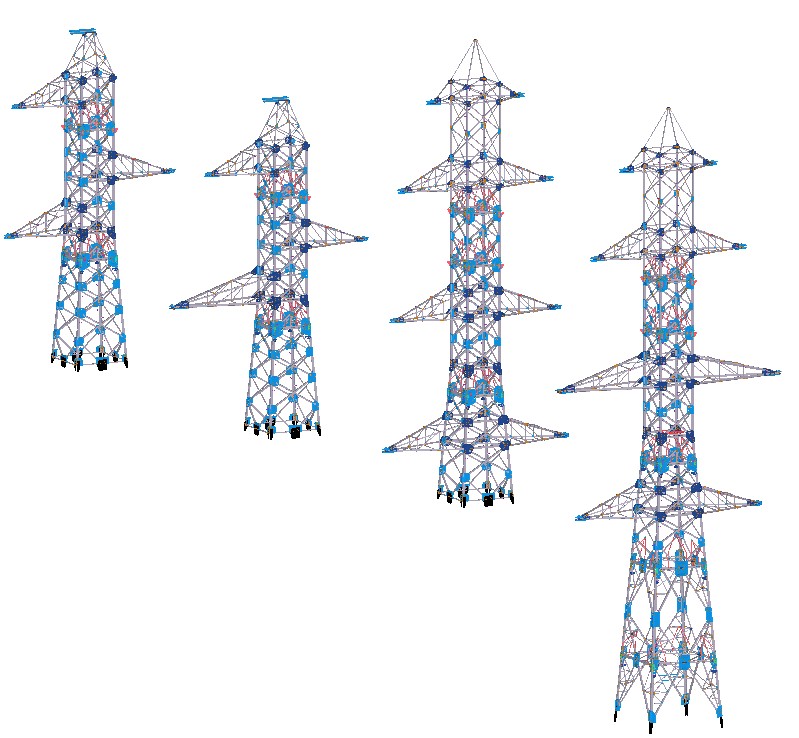Power line engineering and design

Dorsalys works on every stage of overhead power line construction.
Our 300 employees dedicated to your projects, 50 of whom work in our design offices, have access to the greatest possible range of professional equipment.
The engineering and design teams carry out connection studies and calculate the pulling effort required for cable installation.
Their execution studies allow them to confirm the sizing of the site’s foundations and determine the proximity of underground networks, cable crossings, public roads and electric lines, identifying them on a map.
Constructing pylons for overhead power lines requires geotechnical studies, topographical drone surveys, and calculations linked to the Eurocode standards – the European standards for designing and sizing structures, infrastructure and civil engineering works.
Following this in-depth analysis, Dorsalys experts draw up a specific implementation plan, a costing estimate for the work, and a provisional schedule of the operations to carry out, giving you a complete overview of the project.
Owner relations and administrative processes

Constructing overhead power lines across vast distances requires the agreement of multiple stakeholders.
Dorsalys deals with owners and operating companies such as railway and road infrastructure operators.
This includes managing administrative cases and presenting the works phases including the impact on their operations as well as any potential financial compensation.
3D modelling of pylons

Computer modelling of new pylons from existing plans or on-site surveys helps to anticipate their visual impact and to simulate the risks they will be exposed to.
This allows us to secure structures and power lines throughout their entire life cycle, especially in the event of inclement weather (storms, snow or frost).
This method also helps us to strengthen existing lines when adapting pylons to the latest standards.
-
300Dorsalys employees work on the construction of HV and VHV lines
-
40site managers – site superintendents and works foremen
-
50specialists in our design offices
Installing HV and VHV lines
Overhead lines require pylons to be assembled and lifted, which requires multiple constraints to be taken into account: obstacles, the environment, confined spaces, electrical proximity, etc.
Using plans and reports from studies, Dorsalys determines the most appropriate method for assembling the pylon in keeping with the elasticity limits of its structure.
Pylon assemblies and sub-assemblies are put together on the ground, then lifted based on the layout of the terrain using machinery (cranes, booms, helicopters) located on specially sized platforms.
Our teams make use of the lifting methods determined in the preparatory stage in compliance with regulations and safety rules.
The cables are then strung under mechanical tension following a precise plan that sets out the protection to be put in place, the lengths of the sections, the positions of the pulling and tensioning units, and the area in which the cable drums will be located.
The pulling and tensioning units are located on earthed platforms and flat terrain. During these operations, we systematically record the stringing tension and retain the results.
.png)
.png)